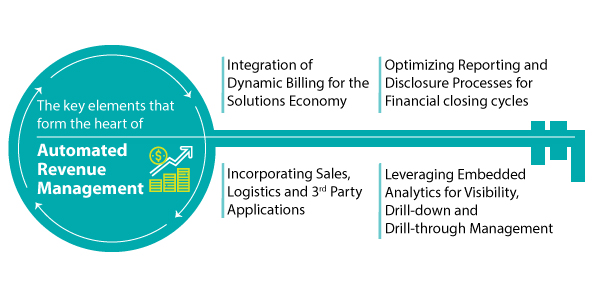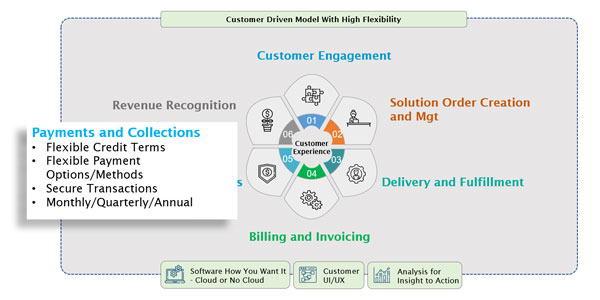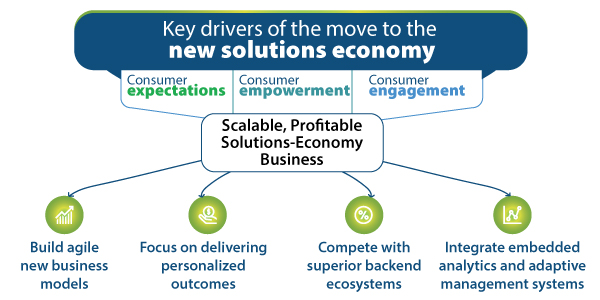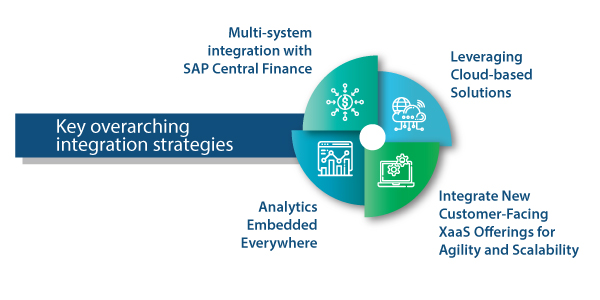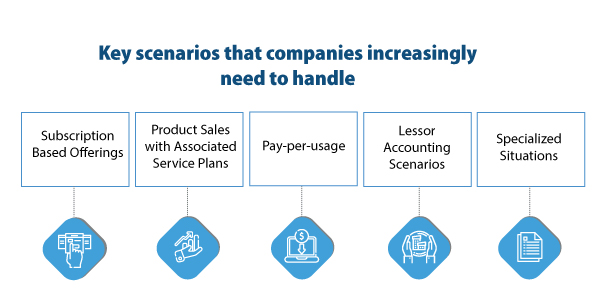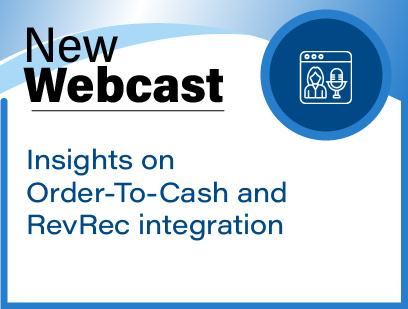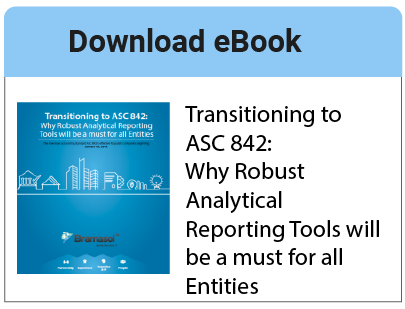For most companies, real estate represents one of the largest investment and expense categories on their balance sheets and P&L reports. Regardless of whether their real estate assets are owned or leased, effective management of the real estate portfolio is a key factor for managing bottom line results and achieving business goals.

Optimize Real Estate Management with Integrated SAP Lease Accounting Solutions - Get a Health Check to Learn How




